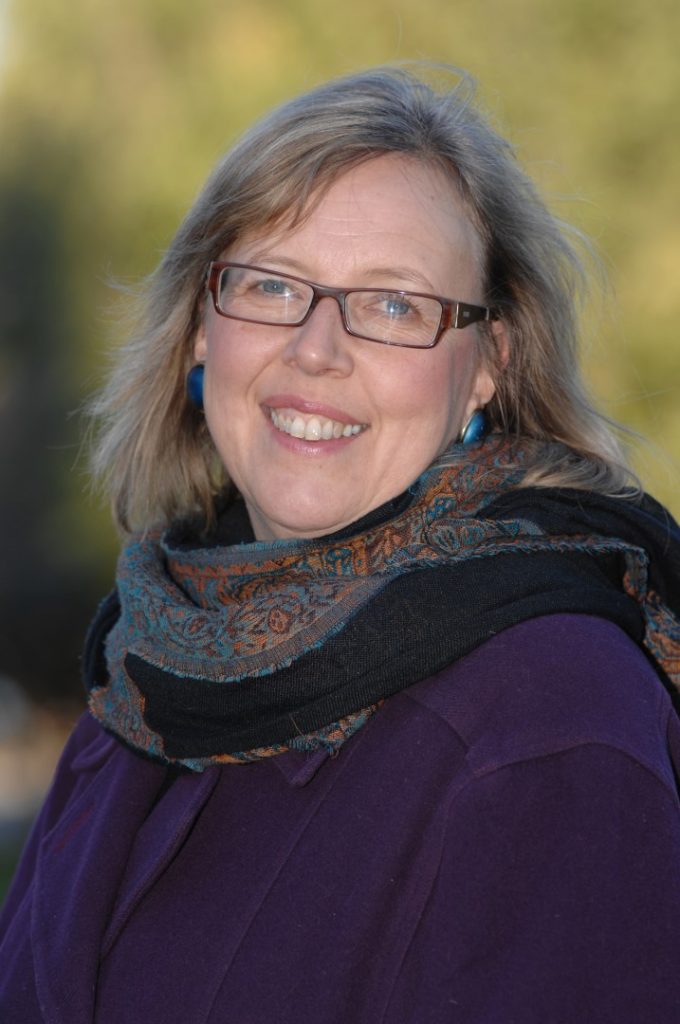
May reflects on her 13 years as leader of political party
By Michele Provenzano, Staff Writer
On November 4, Elizabeth May announced she will no longer be serving as leader of the Green Party of Canada. May has led the party for the past 13 years and became the party’s first elected member of parliament in 2011.
May had promised her daughter that the 2019 election would be her last as party leader. She looks forward to spending more time with her husband, daughter, and extended family.
She’s not giving up her work with the party entirely: May will continue to act as an MP and will be the party’s parliamentary caucus leader. What May truly finds rewarding in her career is what she has achieved as a parliamentarian—such as having been able to reunite families kept apart by our immigration system. In an interview with Global News, she admits that she loves the work of parliament, but that there is nothing she’ll miss about political leadership.
“As leader, I have to say there have been very few rewards,” May said in a Global News podcast.
She believes the party is in a good place and is experiencing enough momentum that it makes sense for her to step down now. May also said that she is proud of the work the party did in this year’s federal election. For the first time, over one million Canadians voted for the Green Party. They achieved a record-breaking three seats in the House of Commons. The Green Party’s achievements may not be considered drastic, but the 2019 election was their most successful to date.
The Green Party’s deputy leader, Jo-Ann Roberts, will take on the role of interim party leader until October 2020, when the Greens’ next leadership convention is scheduled to occur in Charlottetown, PEI. Roberts first ran for a seat in Victoria as a member of the Green Party in 2014. Previously, she worked as a journalist with the CBC; she has over twenty years of experience working in the field of TV and radio. According to her campaign website, she left her job in hopes to “fight for social justice, protect our environment and start the transition to a green economy.” She ran in October’s election for a seat in her Halifax riding, but she lost to Liberal candidate Andy Fillmore.
Polling from Ipsos last month revealed that nearly 30 percent of Canadians said that the climate is among their top three concerns when deciding who to vote for. The NDP and Liberals incorporated climate change plans into their campaigns this election. Kathryn Harrison, a political science professor at UBC says, “I think in part they stole the Greens’ thunder.” This is due to many Canadians feeling the need to vote strategically. According to Ipsos vice president, Sean Simpson, many people prioritize making sure that their vote counts. “In all but about half a dozen ridings in Canada, a vote for the Green Party isn’t very effective,” Simpson says.
When asked what kind of leadership the Green Party needs, May said she is excited for women, indigenous, LGBTQ+, and racialized minority candidates stepping forward.
“I think more diversity for this party is essential,” May told Global News. She also hopes the next leader will be fully bilingual—May points to her inability to debate in French as a weakness—and hopes they will have as much energy as she does.
May believes building the Green Party is critical for the survival of our world.


